Lithium Sputtering Target Description
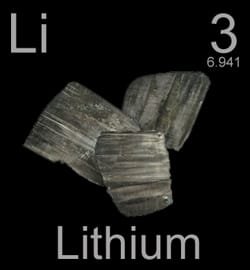
The lithium sputtering target has the same properties as metallic lithium (Li). Lithium, named from the Greek word ‘lithos’ meaning stone, was first mentioned in 1817 by A. Arfwedson and later isolated by W. T. Brande. Lithium’s chemical symbol is “Li,” and it has an atomic number of 3, located in Period 2 and Group 1 of the periodic table, within the s-block. Its relative atomic mass is 6.941(2) Dalton, with the number in brackets indicating uncertainty.
Lithium is the lightest solid metal, characterized by its softness, silvery-white color, and high reactivity. Lithium sputtering targets and lithium evaporation materials are widely used in the aerospace, automotive lighting, OLED, and optical industries.
Lithium Sputtering Target Specification
| Material Type | Lithium |
| Symbol | Li |
| Color/Appearance | Silvery White |
| Melting Point | 180.54°C |
| Boiling Point | 1342°C |
| Density | 0.534 g/cm3 |
| Thermal Conductivity | 0.848 W/cm/K @ 298-C.2 K |
| Type of Bond | Elastomer |
| Available Sizes | Dia.: 1.0″, 2.0″, 3.0″, 4.0″, 5.0″, 6.0″ Thick: 0.125″, 0.250″ |
We also offer other customized shapes and sizes of the sputtering targets; please Contact Us for more information.
Lithium Sputtering Target Bonding
Specialized bonding services for Lithium Sputtering Targets, including indium and elastomeric bonding techniques, enhance performance and durability. Thin Film Materials (TFM) ensures high-quality solutions that meet industry standards and customer needs.
We also offer custom machining of backing plates, which is essential for sputtering target assembly. This comprehensive approach improves target design flexibility and performance in thin film deposition. Our channels provide detailed information about bonding materials, methods, and services, helping clients make informed decisions.

Lithium Sputtering Target Application
Packaging
Our Lithium Sputtering Targets are clearly tagged and labeled externally to ensure efficient identification and quality control. We take great care to prevent any damage during storage and transportation.
Get Contact
TFM offers Lithium Sputtering Targets in various forms, purities, sizes, and prices. We specialize in high-purity thin film deposition materials with optimal density and minimal grain sizes, which are ideal for semiconductor, CVD, and PVD applications in display and optics. Contact Us for current pricing on sputtering targets and other deposition materials that are not listed.

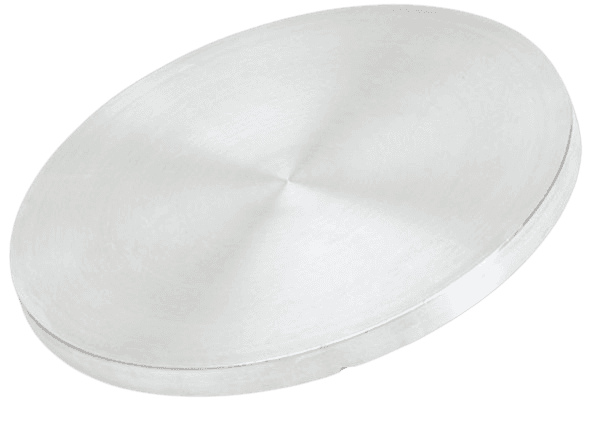
 MSDS File
MSDS File
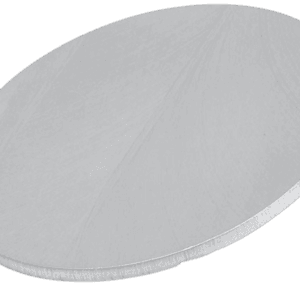
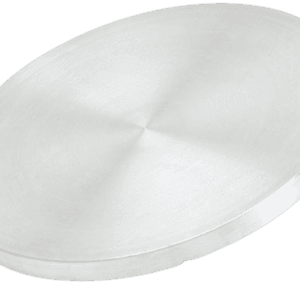
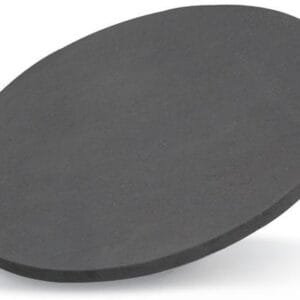
Reviews
There are no reviews yet.